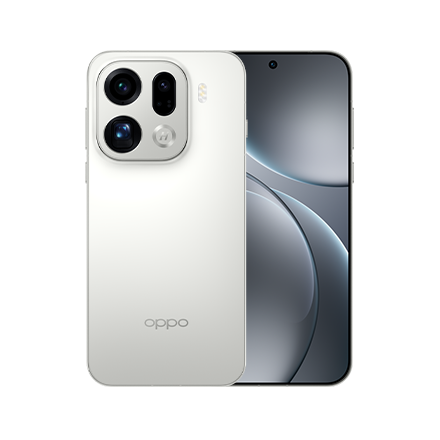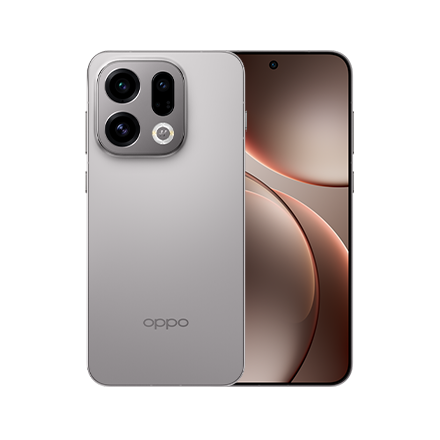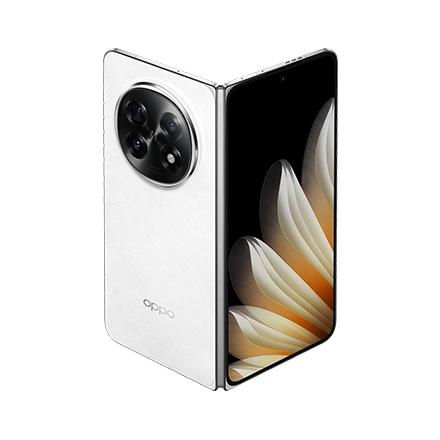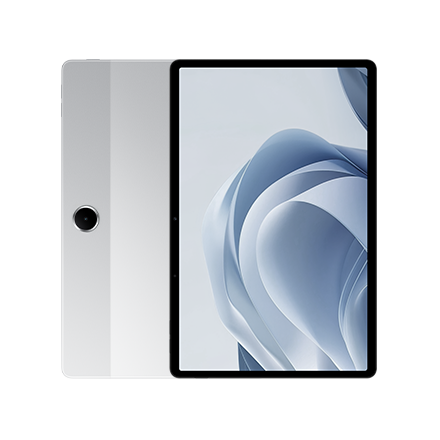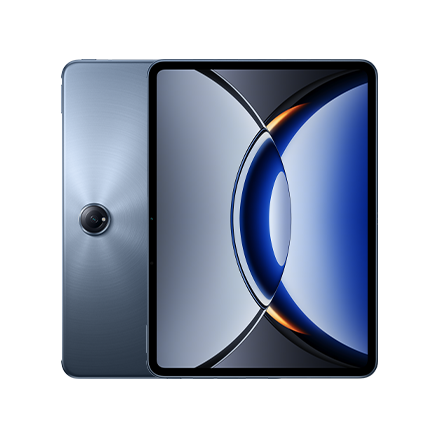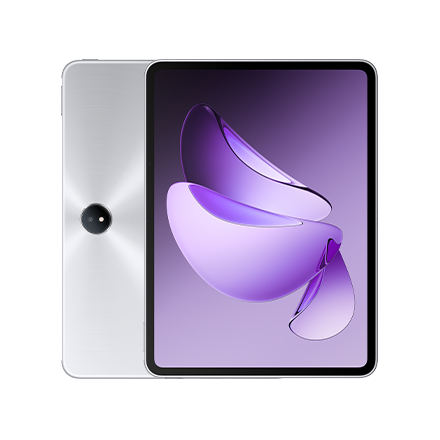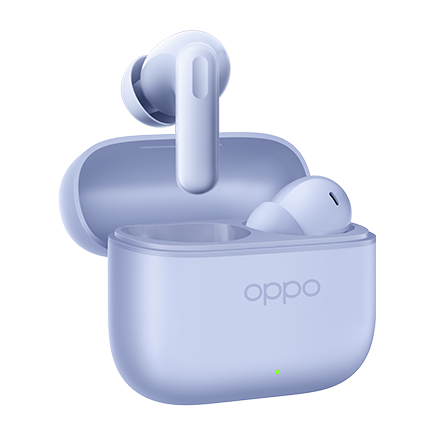OPPO, Ericsson, and MediaTek realize VoNR voice and video calls, bringing high-quality 5G phone experience closer to reality

April 8, 2020, SHENZHEN, CHINA - OPPO announced today that it has successfully conducted voice and video calls solely based on the next-generation 5G network, bringing high-quality 5G experience closer to reality.
Partnering with Ericsson and MediaTek, the VoNR (Voice/Video on New Radio) calls were made on a modified commercial smartphone from OPPO featuring MediaTek’s Dimensity 1000 series SoC using an end-to-end 5G Standalone(SA) network powered by Ericsson Radio System products and solutions.
VoNR is a basic call service that completely relies on the 5G network (SA architecture). Compared with earlier call services, VoNR provides significantly lower latency, greatly improved sound quality and picture quality, resulting in an elevated overall experience for users.
SA architecture is one of the mainstream architectures of future 5G networks. Global operators are actively laying the foundation for 5G SA networks. As one of the first mobile phone brands to support VoNR calls under the SA architecture, OPPO aims to ensure that even the early adopters can have a more complete 5G experience.
It also positions OPPO as the mobile phone partner of choice for operators and communication equipment suppliers building 5G networks around the world, as the next generation of communication technologies demands a much higher technology capability from smartphone makers.
Andy Wu, Vice President and President of Software Engineering Business Unit, OPPO said, " As a leading global technology company, OPPO proactively works to accelerate large-scale commercialization of 5G. Our cooperation with Ericsson and MediaTek on VoNR is part of our in-depth collaborations in the 5G era. We aim to become the industry’s ideal partner to deploy 5G around the world and at the same time improve 5G experience for the users. "
The successful joint test was carried out under the 5G SA network environment provided by Ericsson at its headquarters in Stockholm, Sweden. After dialing, the two phones connected almost instantly and then seamlessly switched to a high-definition video call with a single keypress.
Hannes Ekström, Head of Product Line 5G RAN, Ericsson says: “After spearheading 5G rollouts across the world, we are gearing up for the next step: 5G Standalone services. Using an Ericsson end-to-end 5G Standalone network based on commercial hardware and software, along with devices from our partners OPPO and MediaTek, we’ve shown that beyond the high-speed capabilities delivered by 5G, we are ready to deliver on the voice and video calls that will remain important to consumers. This achievement confirms our commitment to enabling service providers to offer a superior end-to-end 5G experience.”
“MediaTek is committed to giving consumers an unparalleled 5G experience via innovative technology. As a strategic partner of OPPO, we are helping develop a superior device experience for 5G voice and video calls,” said JS Pan, general manager of Wireless System Design and Partnership at MediaTek.
OPPO has been at the forefront of the world in the development and implementation of 5G technology. In 2019, OPPO joined partners to take the lead in implementing the world's first video data call based on Dynamic Spectrum Sharing (DSS) technology. As of February 2020, OPPO had filed applications for over 2,900 global patent families and declared more than 1,000 families of 5G Standard Essential Patents to the European Telecommunications Standards Institute (ETSI). In addition, OPPO has submitted more than 3,000 5G standards-related documents to 3GPP, ranking among the top contributors to the international standards organization.
At present, OPPO hosts over 10,000 R&D staff, four research centers, and six research institutes around the world. OPPO founder and CEO Tony Chen pointed out that OPPO will invest 50 billion yuan in R&D in three years to promote research in 5G, artificial intelligence, AR, big data and other fields, as well as building core underlying hardware technologies and software engineering ability. With OPPO’s continuous R&D efforts and broad collaboration with industry partners, the future is closer to reality for its users around the world.
